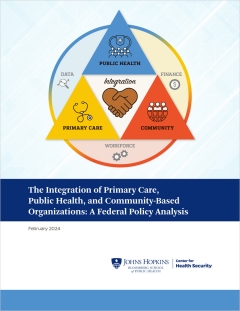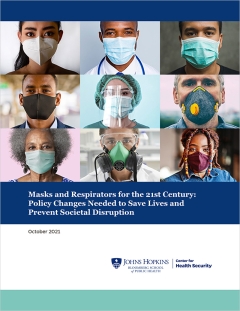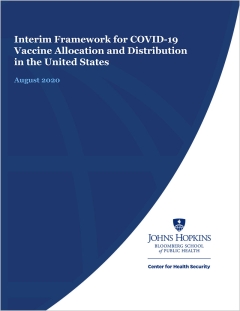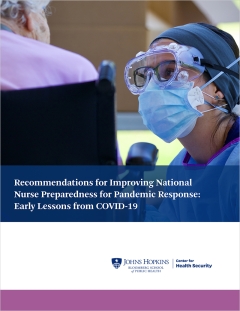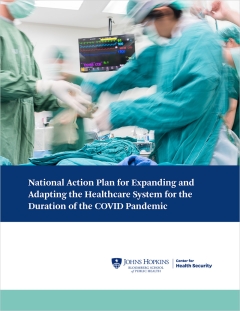Hospitals across the United States must take immediate action to save lives and fairly allocate limited resources by implementing crisis standards of care (CSC).
Hospitals are experiencing large surges in COVID-19 patients, and intensive care units are already over capacity in many areas. In response, hospitals are canceling admissions and procedures, augmenting staffing, transferring patients, even establishing and operating alternate care sites. But these actions may not be enough. There will come a point in the crisis when these adaptations cannot compensate for the overwhelming caseload. At this point, hospitals must shift to crisis standards of care. This means making unprecedented and agonizing decisions under great uncertainty in order to do the most good possible with limited resources. The tools and publications on this page are intended to help health care providers and public officials plan for the implementation of CSC.
This document was authored by Dan Hanfling, John Hick, Rick Hunt, and Eric Toner, drawing on evidence-based reports from the Institute of Medicine (now National Academy of Medicine).

